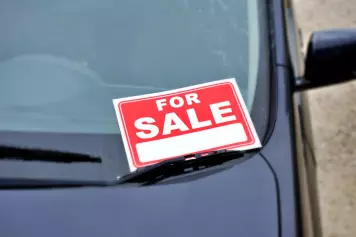Airbags are silent guardians designed to explode into action in milliseconds to save lives during a severe collision. While airbag deployment is a sign that those inflatable angels have done their job, it also creates a new set of worries: Does airbag deployment total a car?, or is restoration still a viable option?
Airbags are lifesavers. However, their deployment often means more than replacing a couple of cushions. From the cost of replacing multiple airbags and associated sensors to the potential structural damage hidden beneath deployed modules, what starts as a safety success story may quickly turn into an insurance and financial nightmare.
When an airbag is deployed, some cars are deemed beyond economical repair while others return to the road. Whether you are recovering from an accident or shopping for a used car with a deployment history, it is necessary to understand the effect of airbag deployment.
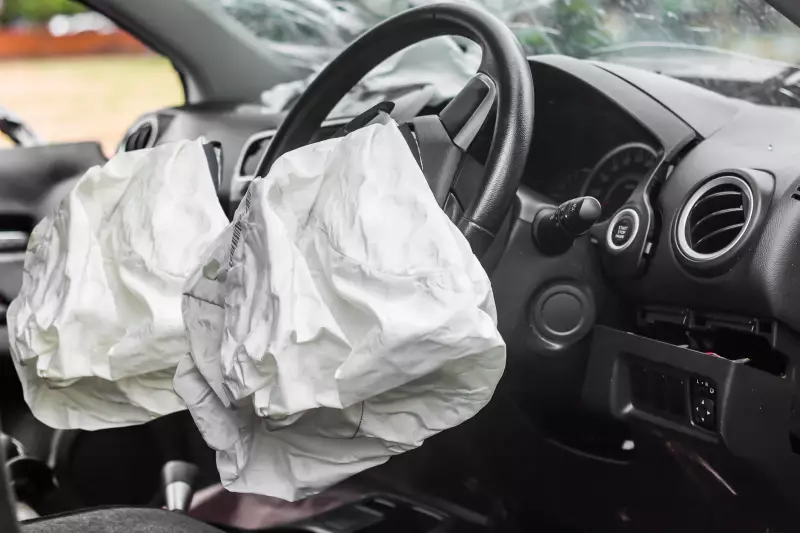
What Happens When an Airbag Deploys?
When an airbag deploys, your vehicle transforms into a life-saving mini-science lab within seconds. This explosive reaction is engineered to shield you from catastrophic injury, but it also signals severe collision forces and leaves behind a trail of damage.
There are tiny electric “feelers” mounted in the front bumper, doors, and other zones that constantly measure deceleration forces. When the sensor detects a rapid slowdown, typically around 12-18 mph in a frontal crash, it sends an electric signal to the airbag control unit. Within 10-20 milliseconds of detecting such an impact, the module sends an electric signal to the inflator’s igniter (squib). The squib ignites a propellant, historically sodium azide or newer, safer compounds, initiating a rapid burst of nitrogen gas. This gas fills the nylon-fabric airbag in just 30-50 milliseconds. This fully inflated bag cushions occupants, reducing their momentum and helping prevent injury.
Once the airbag is deployed, you’ll encounter noticeable damage. The dashboard and steering wheel cover literally opens, leaving jagged edges, cracked trim pieces, and propellant dust stains. The side curtain airbags can strike the windows, causing cracks or shattering, especially in rollover accidents. Again, crash sensors are often destroyed on impact, and pyrotechnic seatbelt tensioners automatically lock during deployment.
Does Airbag Deployment Mean the Car Is Totaled?
You’ve been in a collision, the airbags deployed, and now you’re staring at a repair estimate that feels as inflated as the safety cushions themselves. The big question then becomes: if airbags deploy, is the car totaled? The answer -not necessarily.
Airbag deployment alone does not automatically mean the car is totaled. However, it may trigger a closer look from insurance adjusters, who weigh the repair costs against your car’s pre-accident value to decide whether it’s worth saving.
A car is considered totaled when the estimated cost to repair it meets or exceeds a certain percentage of its actual cash value (ACV) before the crash.
Beyond replacing the deployed airbags and inflators, the adjuster accesses related repairs, such as sensor and control module swaps, seatbelt pretensioners, and dashboard and steering-wheel cover replacement. They also inspect for hidden structural or mechanical damage, such as frame alignments and suspension mounts, as airbag deployment indicates a moderate to severe crash. If the total repair bill exceeds the insurer’s total loss threshold, they will declare your car a total loss. Otherwise, they give the go-ahead to repair the vehicle.
Insurance Total Loss Thresholds
Insurers typically use total loss thresholds to decide whether repairing a damaged car makes financial sense or if it should be declared a total loss and paid out. A threshold compares the estimated cost of the vehicle’s pre-loss ACV. Usually, the threshold varies by state and insurer. However, the benchmarks typically range from 70% to 80%.
Generally, states use one of two approaches to determine total loss.
- The Simple Percentage Threshold: Depending on the state or insurers, a simple percentage threshold is fixed, usually 70-80% of ACV, beyond which repair triggers a total loss declaration. Alabama uses a simple percentage of 75%, while Florida uses 80%.
- The Total Loss Formula (TLF): In this approach, the vehicle’s expected salvage value is added to the repair estimate and compared with the ACV. If the repair cost plus salvage value is greater than or equal to the ACV, the car is declared a total loss. States like California and Washington mandate TLF rather than a straight percentage.
If Airbags Deploy, Is the Car Considered Salvage?
When you've been in a crash and the airbags deploy, you may wonder: If airbags deploy, is the car salvage? Well, airbag deployment alone doesn’t instantly brand your vehicle as salvage. A salvage title is only assigned when an insurance company declares your vehicle a total loss, a decision insurers base primarily on repair costs versus the car’s value, not the airbag itself.
A salvage title is a special branding on a vehicle’s title certificate indicating that an insurance company deems a vehicle uneconomical to repair, declaring it a total loss. While airbags don’t cause the salvage title, their high replacement cost frequently tips the scales. For instance, replacing multiple airbags and sensors may cost up to $5,000, making older, low-value cars uneconomical to fix.
Once a title is branded salvaged, it must carry that designation whenever ownership changes hands. To this end, once the insurer deems a car a salvage, the owner has two options: accept a payout and surrender the car or buy back the salvage for a reduced payout and repair it independently. If you choose the latter, most states require a post-repair inspection before issuing a “rebuilt” or “reconstructed” title -still branded but road-legal.
A salvaged brand car typically has reduced resale value. A salvaged car generally sells for 20-40% less than comparable clean-title vehicles, even after repairs. Also, when you sell or register a salvaged vehicle, you are legally required to disclose its branding. Failure to do so may result in fines and civil dispute implications. Again, many insurers won’t offer full coverage on salvaged-titled cars, nor will banks and credit unions offer loans on salvaged vehicles.
Can a Car Be Repaired After an Airbag Deployment?
When a collision triggers airbag deployment, many car owners immediately wonder: Can a car be repaired if the airbags are deployed? While airbag deployment signals a severe collision, cars can be safely repaired if the damage is confined, the vehicle’s value justifies the costs, and repairs follow stringent OEM standards. However, the decision requires weighing the expense, safety protocol, and long-term value.
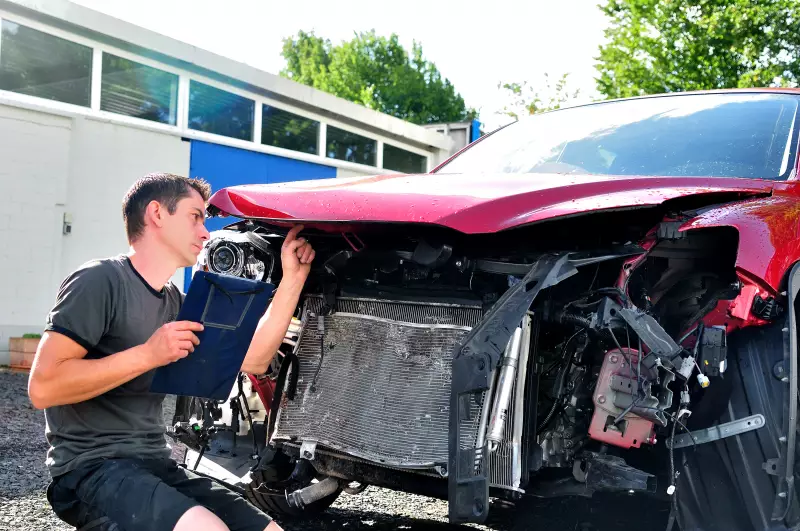
Car repair is possible after a minor airbag deployment where there is no frame damage. In this scenario, car repair is feasible as you’ll only need to replace the airbags, sensors, and control module, then swap out the affected trim and reset the system. If multiple airbags and some body repairs, such as side-curtain bag deployment or bumper panels, need straightening or painting, repair is also possible, though the cost increases with each additional bag and panel repair.
The table represents the key parts affected when an airbag is deployed and the typical costs of having the component replaced.
|
Component |
Estimated Cost Range |
|
Driver or passenger airbag |
$400 - $1200 each |
|
Side curtain/ Seat bag |
$500-$1500 each |
|
Airbag control module |
$500-$900 |
|
Crash sensor |
$200-$600 each |
|
Seatbelt pretensioners |
$150-$600 per seat |
|
Dashboard/ Trim panels |
$200-$1,000 |
|
Steering wheel/Clock spring |
$500-$1500 |
There are safety concerns when replacing or repairing a deployed airbag. After airbags are deployed, your car will require OEM (Original Equipment Manufacturer) parts. OEM parts are the same your car was originally built with, designed by the vehicle’s manufacturer, and made to exact specifications.
Purchasing OEM guarantees a perfect fit for your car and increases the likelihood of the car’s safety system while protecting its occupants. However, OEM parts are more expensive than third-party manufacturers' alternatives, which offer alternative generic parts for half the OEM part price and may not be crash-tested.
Modern airbag systems are complex and require precision during the installation process to guarantee the safety of their occupant. To this end, only certified technicians at a reputable collision center or dealership should handle airbag repairs. Improper installation may result in a delayed deployment or failure due to an accident.
There are also legal implications to repairing airbags after a crash. Airbag systems must comply with the SAFE Repair Act (2025), which ensures that vehicle owners and repair shops follow OEM repair procedures when repairing vehicles, including airbag repairs following a crash. Generally, depending on your state, there are additional requirements, such as:
- Submit the vehicle for a safety or emission inspection
- Show proof that the restraint system, airbags, and seatbelts have been replaced correctly and work properly
- Obtain a compliance certificate before returning the car to the road
Failure to meet these requirements may result in voided insurance claims, fines, and even criminal liabilities if improper repairs cause injuries. In addition, insurers may deny claims if non-OEM parts fail in a subsequent crash.
Is It Safe to Drive a Repaired Car?
Driving a car that’s gone through airbag repairs and structural fixes can be just as safe as its pre-crash conditions, provided the repairs are executed to standard. However, to ensure your repaired airbag truly protects you:
- Insist on manufacturer-certified repairs. Use OEM parts only, such as airbags, inflators, sensors, and pretensioners, which are engineered and crash-tested before installation.
- Ensure the collision repair shop follows factory procedures and guidelines during repairs.
- Verify that crash sensors are calibrated to factory tolerances using diagnostic tools.
- Conduct a post-repair alignment and calibration to ensure the airbag functions correctly.
- Get a collision repair specialist to perform a professional inspection to confirm all reference points match OEM specs.
- Keep detailed repair records such as “before and after” measurement reports, OEM part invoices, and calibration certificates. These documents prove that your car was returned to factory specs.
- Watch for warning signs over time. Persistent airbag lights, unusual noises and vibrations, and uneven tire wear may signal that the car repair isn’t thorough and unsafe to drive.
Impact on Resale Value and Insurance
Even after high-quality repairs, a car that has experienced airbag deployment carries a history that affects both its resale value and future insurance premiums.
Repair doesn’t mean new. Many insurers or DMVs issue a rebuilt or reconstructed title after a declared total-loss repair. Used car shoppers view deployed airbag vehicles as higher risk due to perceived unseen structural issues or below-average repairs. To this end, vehicles with branded titles sell for 20-40% less than comparable clean-title cars.
Diminished value is the irreversible loss in market value after an accident, even with perfect repairs. Airbag deployment amplifies this loss, scaring off buyers and dealerships due to hidden frame or sensor issues. In addition, some vehicle history reports flag airbag deployment permanently, effectively following the vehicle even after multiple subsequent owners and slashing the resale value.
Furthermore, cars with rebuilt titles may be harder to insure. Many carriers limit coverage to liability only, excluding collision or comprehensive coverage. Where a carrier does offer full coverage, expect higher rates, typically up to 10-25% more, due to the perceived increased risk of hidden damage or repair issues. In addition, where a repaired airbag or related system fails during a later collision, insurers may scrutinize the repair job before deciding whether to pay claims for damages.
There are also repair disclosure requirements. Most states require you to disclose any branded title, including rebuilt or salvaged titles, on the title application and sales paperwork. There are penalties for non-disclosure, including fines or contract rescission. Even if your state doesn’t brand titles solely for airbag deployment, you must still disclose the crash and repair history in the bill of sale.
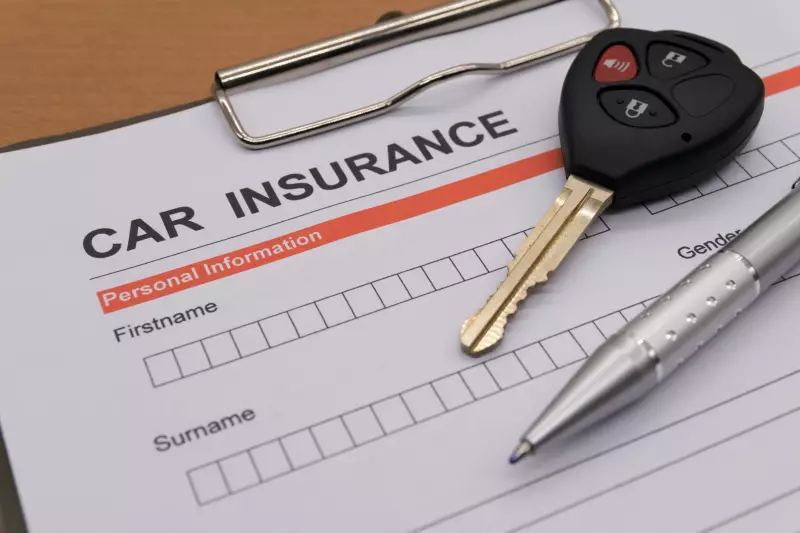
When Is It Better to Let the Car Go?
Sometimes, it makes more practical sense to accept a total loss payout and let the car go rather than hang on to the vehicle. To this end, it is essential to know when accepting an insurer’s payout is wiser than repairing.
Older vehicles, even if mechanically sound, often have a low ACV. If repair costs approach or exceed 50-70% of that value, you are pouring money into diminishing returns. Likewise, cars over 10 years old or with higher mileage depreciate rapidly. A $3,000 repair on a $5,000 car equates to 60% of its worth, a clear sign to let go.
During repairs, the true scope of damage remains hidden until disassembly. Initial assessment may not reveal that frame rail, unibody sections, or suspension mounts are bent or cracked. If you notice your repair bill jumping by more than 20% mid-job, consider letting go.
Most insurers total a vehicle when repair costs hit 70-80% of ACV. If your collision shop’s quote already sits close to this, the insurer’s figure will likely be close to it. At this point, it is best to add proposed funds for repairs to the insurance payout and invest in a more reliable, newer car.
Most collision repair works can go on for weeks, keeping you car-less for weeks and incurring rental fees. A total loss payout helps you bypass this hurdle. Also, no matter how skilled the collision repair shop is, extensive structural repair can introduce weak points or alignment issues in the future. Taking a payout means you don’t have to worry about undiscovered damage, recalibration issues, or future resale stigma


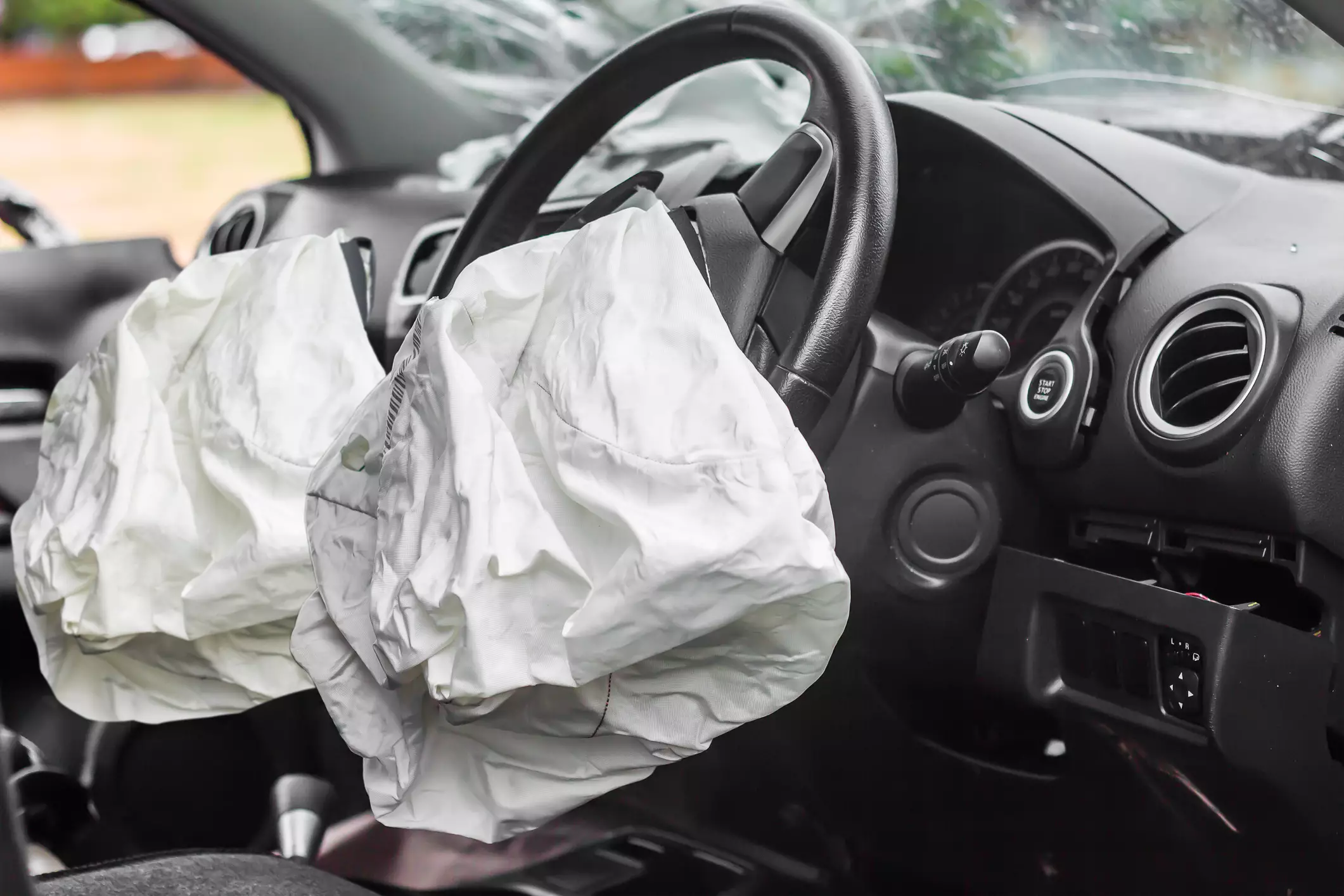


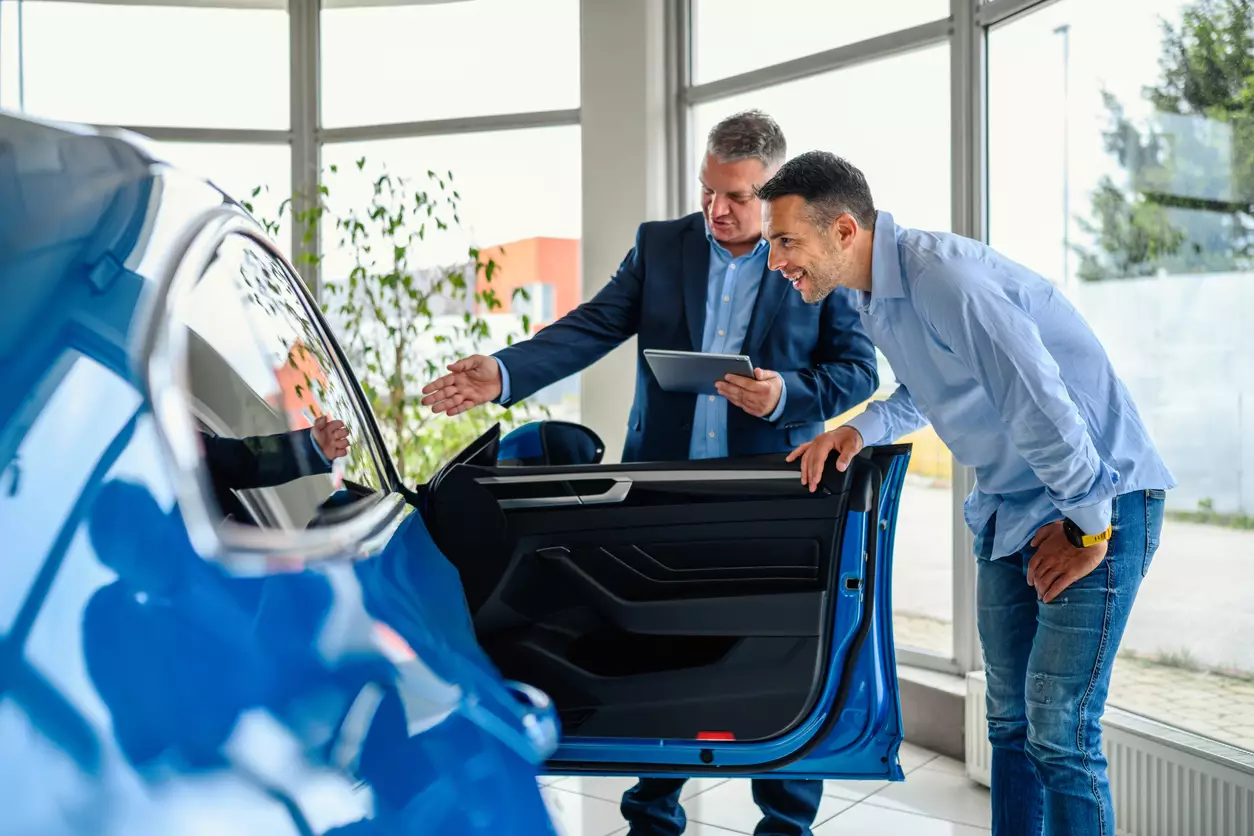

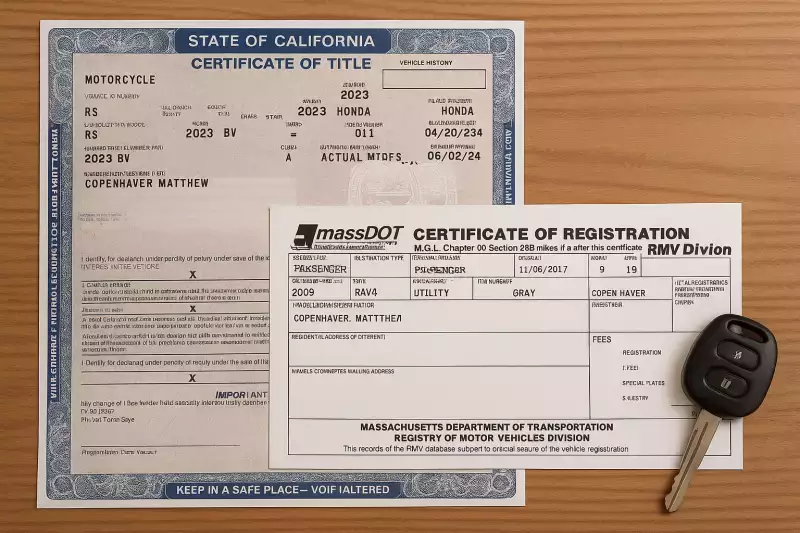
![Best Sites to Check a Car’s History [2025 Review]](https://media.infopay.net/thumbnails/K8lMeG2QLjE46LPqZlmoi6SunKKdT5qvlaRZk6e1.webp)
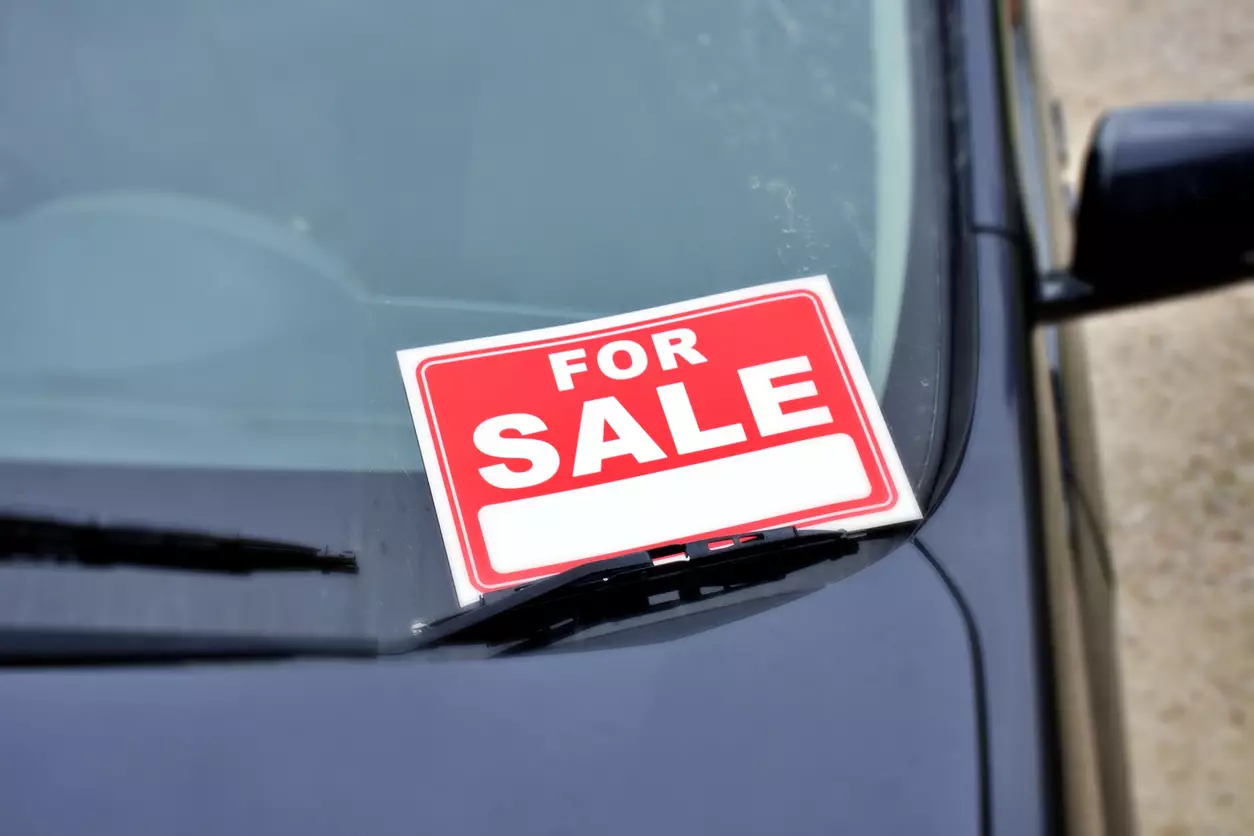








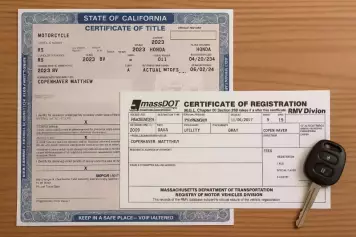
![Best Sites to Check a Car’s History [2025 Review]](https://media.infopay.net/thumbnails/K8lMeG2QLjE46LPqZlmoi6SunKKdT5qvlaRZk6e1-w356.webp)
